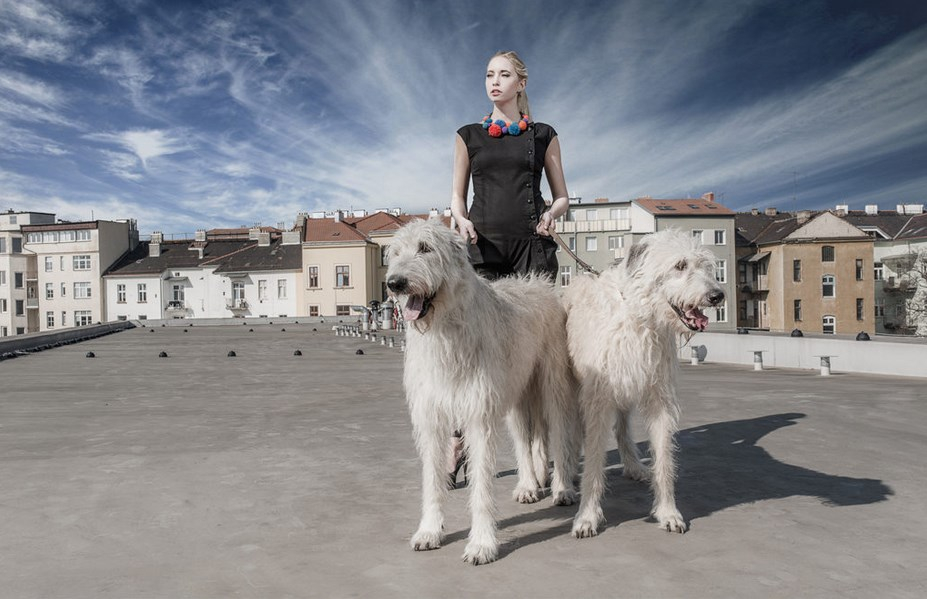incomprehensible
VIVIEN MAYER (© VIVIAN MAIER) – GENIUS OBSERVING REALITY
 The story of the American photographer Vivien Maier (© Vivian Maier) is an interesting case of fame that came to the photographer only after death. Nobody saw her carefully assembled archive of almost one hundred thousand negatives, it was discovered by chance, and made a real international sensation.
The story of the American photographer Vivien Maier (© Vivian Maier) is an interesting case of fame that came to the photographer only after death. Nobody saw her carefully assembled archive of almost one hundred thousand negatives, it was discovered by chance, and made a real international sensation.
A detailed and distinctive illustration of the life of American society of the 60s and 70s, funny street plots and surprisingly characteristic portraits do not leave anyone indifferent. In terms of professionalism, ability to approach the model and reveal her personality, Meyer is compared with Robert Frank and Lee Friedlander.
Art lasts forever and works outlive their creators who serve only as “guides” between creativity and the viewer. Unfortunately, the name Mayer became known only after her death, and she did not receive the recognition she deserves. Continue reading
DRAGGING THE SHUTTER EFFECT IN PORTRAIT PHOTO OR HOW TO MAKE A PORTRAIT MOVE
 The effect of “lengthening the shutter speed” is familiar to anyone who has used a compact camera set to the “night portrait” mode. In order for bright blurry stripes around the main subject to appear on the photo, you need to highlight it with a flash using the slow shutter speed. Without this, the background of the photo will be simply dark. The dragging the shutter works particularly well when combined with a bright background.
The effect of “lengthening the shutter speed” is familiar to anyone who has used a compact camera set to the “night portrait” mode. In order for bright blurry stripes around the main subject to appear on the photo, you need to highlight it with a flash using the slow shutter speed. Without this, the background of the photo will be simply dark. The dragging the shutter works particularly well when combined with a bright background.
Extending the shutter speed creates a crisp, clear, well-lit background, while the subject itself is clearly visible, even if in the background there are luminous night streets of Las Vegas or a brightly lit interior. But this technique does not make it possible to add intentional motion blur to a static frame. Continue reading
HOW TO PACK CORRECTLY PHOTO FOR DRAINS AND DO I NEED TO USE AN ARTIFICIAL INTELLIGENCE FOR THIS
 For a photographer who works with photo banks, high-quality images are half the success. In order for a photo to be commercially successful on stocks, it must be properly “packed”: the correct title must be selected for it and relevant keywords must be invented. In the language of drains, this is called “attribution” of the image. Without proper attribution, your picture, no matter how professional and fresh it may be, will simply be lost in a huge mass of stock images.
For a photographer who works with photo banks, high-quality images are half the success. In order for a photo to be commercially successful on stocks, it must be properly “packed”: the correct title must be selected for it and relevant keywords must be invented. In the language of drains, this is called “attribution” of the image. Without proper attribution, your picture, no matter how professional and fresh it may be, will simply be lost in a huge mass of stock images.
You need to know a few simple rules, practice in order to “get your hand”, and gain time and patience, because this work is painstaking and time-consuming. In addition, today there are many services that help automate this work. But ultimately, it’s up to you to work with content on your own or give a routine to neural networks. Continue reading




